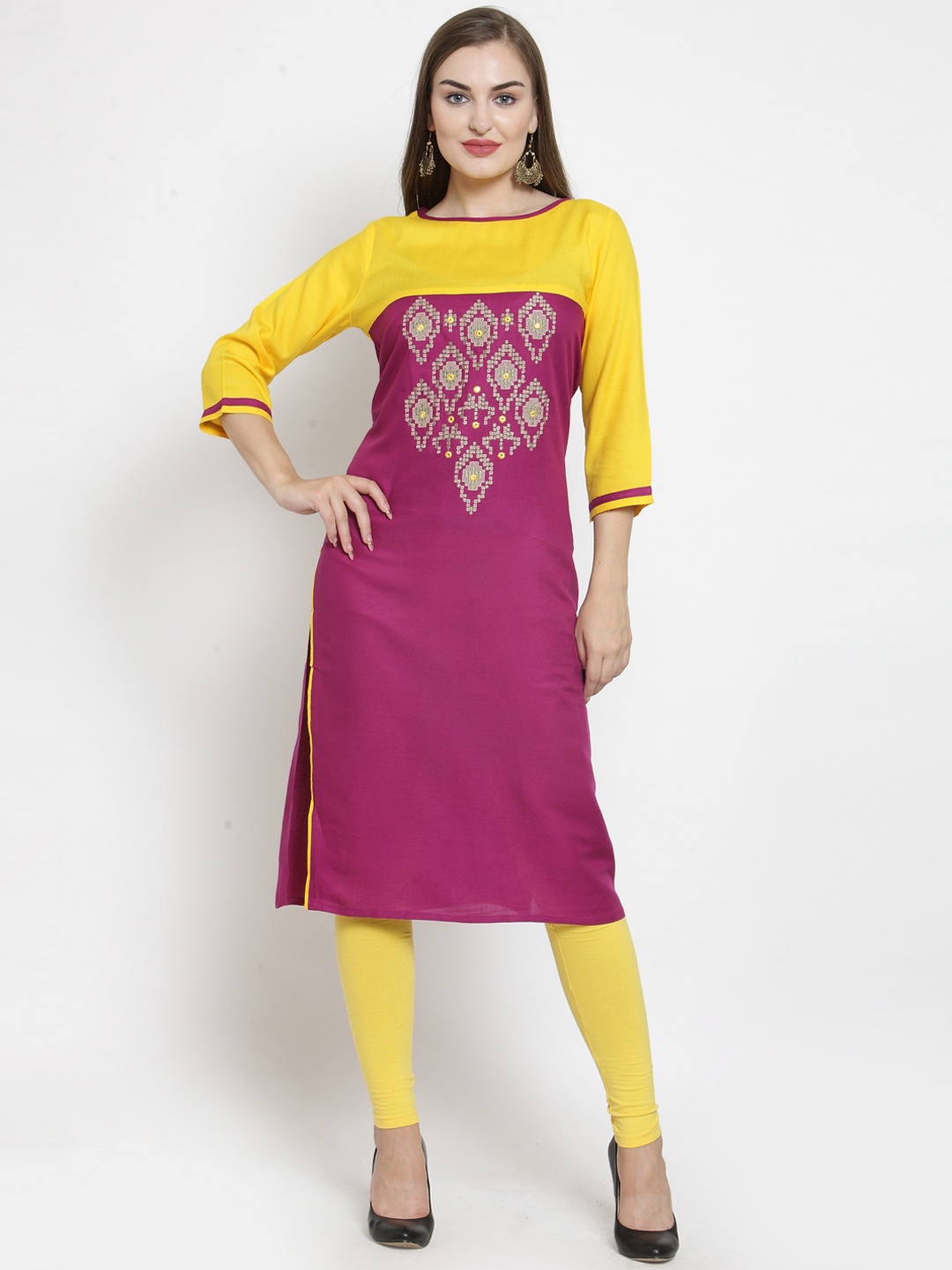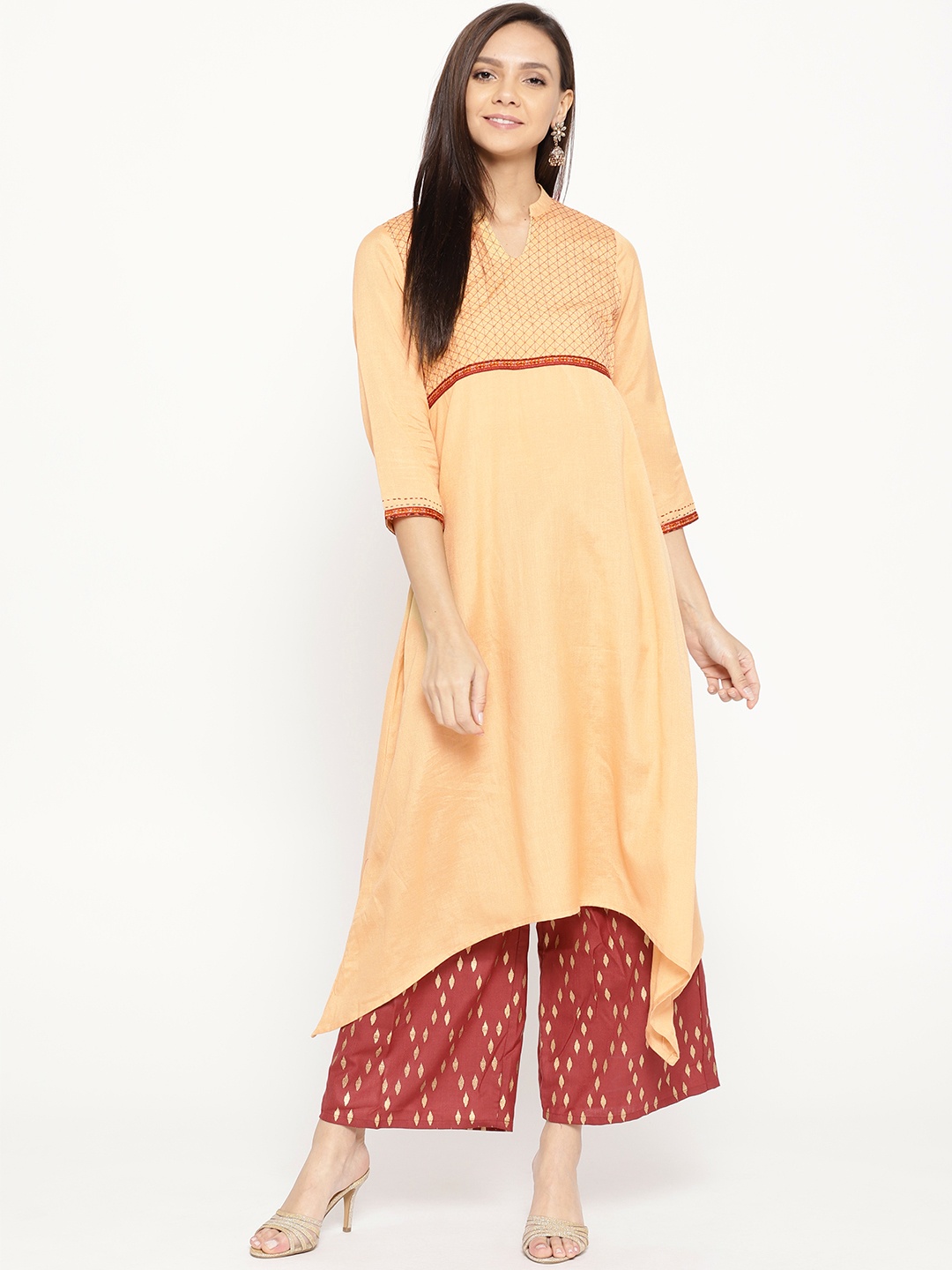Best Tips On How To Choose The Right Jacket Based On Your Climate
Planning to buy a new winter jacket but not sure which one to go for? Here is a beginner's guide on how to choose the right jacket based on your climate, so you can have winter clothes that match the weather.

Stay warm this winter by learning how to choose the right jacket for winter
When it comes to layering winter clothes, jackets hold a special place in everyone's wardrobe. From soft fleece jackets and windcheaters to long parkas, each style serves a specific purpose depending on the weather. But with Indian's diverse weather conditions, choosing the right jacket from the sea of options can feel like a difficult task. For instance, what works for Delhi bone chilling winds may feel too suffocating in Pune's mild chill. Thus, in this blog, we have provided a beginner's guide on how to choose the right jacket based on your climate.

Explore the best tips to choose a jacket based on climate conditions
Photo Credit: Pexels
With the arrival of fall in India, people have started shopping for winter clothes and preparing for the arrival of unprecedented temperature drops. But what if you favourite light pink jacket fails to provide you the desired level of warmth in Manali's serene sightings? And let's be honest, winter clothes can be expensive. That's why it is important to first learn the art of choosing the right jacket based on the climate and temperature.
7 Tips On How To Choose Jacket Based On Climate
1. Understand Your Region's Temperature
Before stocking up on your winter clothes, it's best to first assess your local weather conditions. India's climate varies dramatically across regions. While northern cities like Delhi demand windproof fabrics and heavy insulation, southern regions like Chennai need lightweight layering.
If your area recieves sudden temperature drops of 10 degree celcius or more, opt for quilted or transition jackets. They provide great warmth without making you sweat throughout the day.
2. Pick Insulation Type
Once you are certain about the weather and the temperature, it's time to pick the right insulation type. For the uninformed, insulation determines how well a jacket can trap body heat and prevent you from feeling cold. The main two commonly found types of insulation in jackets include synthetic materials and down, out of which the latter is less common in India.
- Down insulation: This type of insulation is made from duck or goose feathers. It is lightweight and offers unmatched warmth. However, down insulation tends to lose its power when wet, making it unfit for humid regions.
- Synthetic insulation: This insulation is made from polyester fibres. It retains warmth even when wet, making it ideal for unpredictable weather. Moreover, it is much easier to wash and maintain than down insulation.

Decide the right insulation type to stay warm in your local weather; Photo Credit: Pexels
3. Consider The Fabric And Outer Shell
When choosing jackets for winter, it's imperative to consider the fabric and outer shell of your clothes. This outer shell plays a major role in withstanding wind, snow, and rain.
- Nylon and polyester: Since nylon and polyester and water-resistant, they are popular options for windproof jackets. They are affordable, breathable, and ideal for the mild winter season.
- Softshell jackets: These jackets are made for active wearers. Although they are not as warm as nylon and polyester ones, these jackets still offer some coverage.
- Hardshell jackets: Hardshell jackets are designed for rough weather conditions, like rain, snow, and wind. They are perfect for extremely cold places and high-altitudes.
Also Read: 5 Gen Z Jackets Under ₹899: Oversized And Cropped Styles Trending In 2025
4. Check The Inner Lining
The inner lining of winter jackets can affect the buying process significantly. Jackets with fleece and flannel linings provide a soft texture against the skin and keep you warm. On the contrary, mesh or cotton linings are less warm and ideal for the transitional weather. For months with mild cold temperature, go for jackets with breathable lining that reduce moisture build-up and keep you dry.
If you are prone to sweating, choose a jacket with moisture-wicking properties to stay dry. Quilted lining is also a great option for people who struggle to feel comfortable in winter. These jackets distrbute warmth evenly and reduce the appearance of bulk.

Check the inner lining of your jacket Photo Credit: Pexels
5. Consider Length And Fit
The next important thing to consider when buying winter jackets based on the climate is their length. Hip-length jackets work well for everyday wear and travel. They don't restrict your movement and provide enough room to move freely. However, thigh-length coats are more helpful in areas with unexpected temperature drops. They provide extra protection than regular jackets.
Full-length parkas offer maximum coverage among the three length options. They are ideal for mountain regions. For windy cities, jackets with a a drawcord hem or elastic cuffs can help seal in warmth effectively. Lastly, ensure that the fit leaves enough room to layer thermals underneath.
6. Look For Additional Features
Let's be honest, clothes are not just for the show. Instead, they now contain features that enhance comfort, fit, and style according to your mood. When it comes to jackets, look for adjustable hoods and high collars that shield you neck from cold winds, Storm flaps are ideal to prevent cold air from seeping through zipper. Other features like deep pockets enhance comfort, reflective detailing adds safety for night walks.

Ensure that the jacket offers features like adjustable hoods and storm flaps; Photo Credit: Unsplash
7. Ensure Durability And Maintenance
As mentioned earlier, shopping for winter clothes can be heavy for your pockets, making jackets a crucial investment. Always check for double stitching, neat finishing, no loose threads, reinforced seams, and high-quality zippers.
By now, you must have understood that selecting the right winter jacket is a long process of tiny but crucial steps. Whether you live in windy mountains to mildly cold plains, the right jacket can make the winter season bearable, comfortable, and just like a warm hug. Understand your region's specific needs and invest in quality winter clothes that long last and keep you protected a long time.
Frequently Asked Questions (FAQs)
1. What is the best weather to wear a jacket?
The best weather to wear a jacket is when you feel like it, especially if the temperatures drop below 20 degree celsius.
2. Is 12 degrees Celsius jacket weather?
Yes, 12 degree celsius can be considered appropriate to take out your favourite jackets from the cupboard. Go for a lightly insulated jacket for light warmth and less sweating.
3. How to select a jacket for winter?
To select a jacket for winter, consider your local climate, decide the level of insulation, and look for weather-resistant features.
4. Can I wear puffer jackets in rain?
Unless they are water-resistant, it is not advisable to wear puffer jackets in rain. This can cause the jacket to absorb excess moisture and lose efficiency. Instead, go for a puffer jacket to feel warmth in wet conditions.
5. Which jacket is ideal for mild Indian weather?
For mild Indian winters, bomber jackets, fleece jackets, and even windcheaters can feel sufficient to stay comfortable.
Disclaimer: The images used in this article are for illustration purpose only. They may not be an exact representation of the products, categories and brands listed in this article.

























